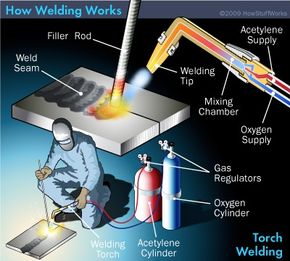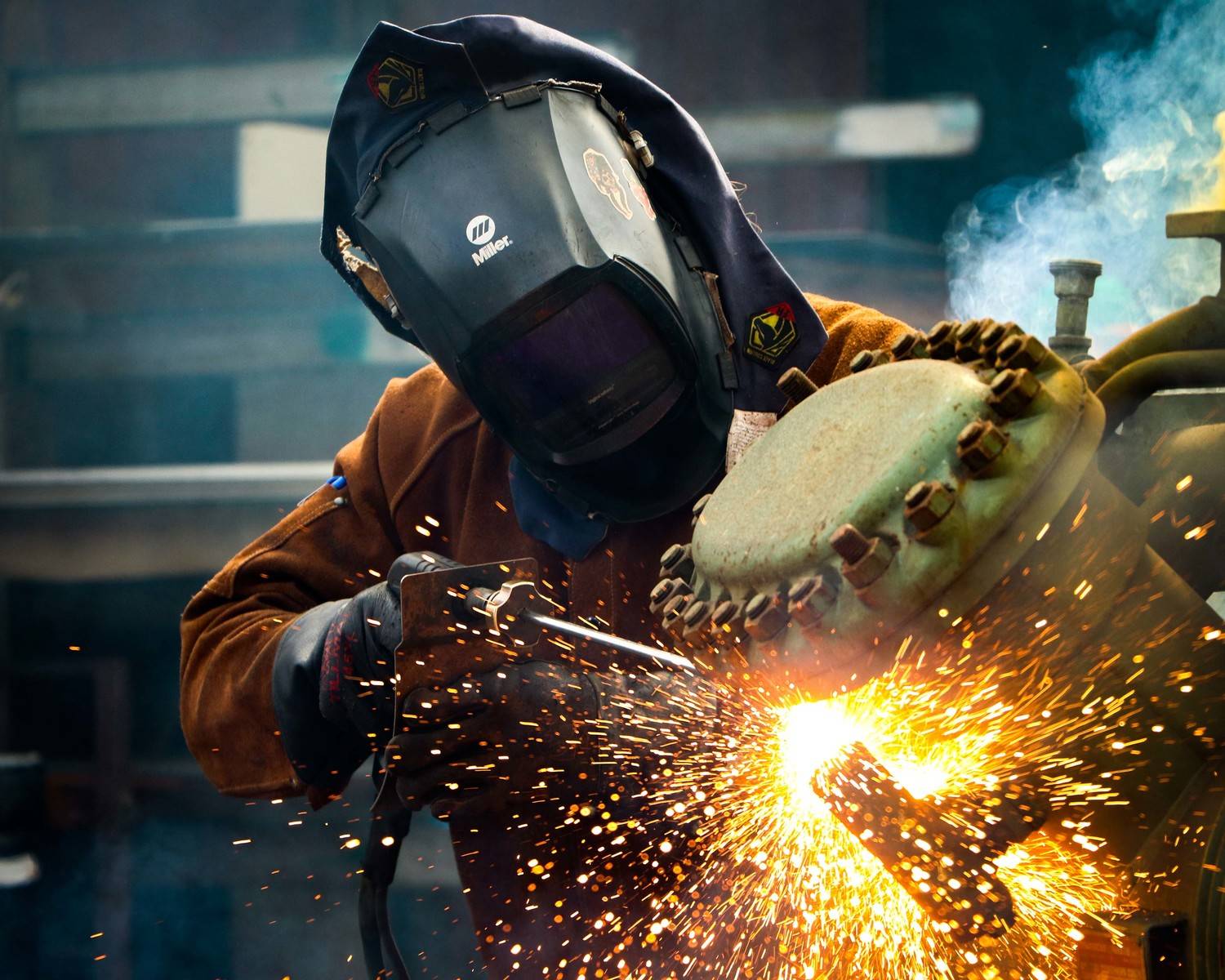Welding WPS Explained: Secret Components and Conveniences for Your Welding Procedures
Welding WPS Explained: Secret Components and Conveniences for Your Welding Procedures
Blog Article
The Ultimate Guide to Welding WPS Procedures: A Comprehensive Introduction for Welders
In the elaborate globe of welding, Welding Treatment Requirements (WPS) work as the foundation of making sure high quality, uniformity, and security in welding operations. Understanding the subtleties of developing, applying, and keeping an eye on WPS treatments is necessary for welders seeking to boost their craft and fulfill industry requirements. As we look into the different elements of a WPS and check out the details of credentials and qualification, we will discover the crucial duty these treatments play in the realm of welding. Allow's begin on a trip to untangle the complexities and relevance of WPS treatments in welding methods.
Significance of WPS Procedures
Understanding the value of Welding Procedure Specifications (WPS) treatments is critical for making sure the quality and integrity of bonded frameworks. WPS treatments work as a roadmap for welders, outlining the required actions, specifications, and materials called for to achieve an audio weld. By adhering to WPS standards, welders can guarantee consistency in their work, bring about trusted and structurally audio welds.
One of the primary reasons that WPS treatments are vital is their duty in maintaining weld high quality and stability. Complying with the specified welding parameters and methods laid out in the WPS assists protect against problems such as porosity, breaking, or incomplete fusion, which can jeopardize the stamina and durability of the weld. Furthermore, WPS procedures are important for guaranteeing conformity with market standards and codes. By adhering to established WPS guidelines, welders can demonstrate that their job satisfies the essential requirements for safety and high quality, supplying assurance to clients, examiners, and regulative bodies. Basically, the relevance of WPS treatments can not be overstated, as they are fundamental to attaining consistent, top quality welds that meet industry standards and requirements.

Components of a WPS
A Welding Procedure Requirements (WPS) commonly consists of essential parts that information the particular needs for implementing a weld, making certain uniformity and high quality in the welding procedure. The key elements of a WPS include necessary variables such as base steels, filler steels, interpass and preheat temperatures, welding processes, protecting gases, welding positions, and post-weld heat therapy demands.
Base metals refer to the products being joined, while filler metals are utilized to fill the space in between the base metals throughout welding. Preheat and interpass temperature levels are vital for controlling the warmth input and protecting against problems like cracking or distortion. The welding procedure describes the specific method to be utilized, whether it's gas steel arc welding (GMAW), protected metal arc welding (SMAW), or one more technique. Shielding gases shield the weld swimming pool from atmospheric contamination. Welding settings define the orientations in which welding can be performed. Post-weld warmth therapy may be required to soothe tensions and boost the weld's residential or commercial properties. A thorough understanding of these parts is important for creating a reliable and comprehensive WPS.

Credentials and Qualification
Having established the vital components of a Welding Treatment Spec (WPS), the emphasis currently shifts towards the critical elements of qualification and qualification in welding techniques.

Certification, on the other hand, is the official recognition of a welder's qualifications by a relevant qualification body or organization. Welding qualifications are typically based upon the specific welding processes, products, and settings a welder is certified to deal with. Holding a valid welding accreditation shows that a welder fulfills sector standards and is skilled to carry out welding jobs to the called for requirements.
Creating a WPS
To develop a Welding Treatment Specification (WPS) that fulfills industry requirements, mindful consideration of welding processes, products, and functional specifications is essential (welding WPS). The primary step in producing a WPS is to identify the welding procedure to be made use of, such as gas steel arc welding (GMAW) or shielded steel arc welding (SMAW) As soon as the welding process is identified, the following essential aspect is picking the proper products, considering elements like base metal kind, thickness, and joint style. Functional specifications such as welding current, voltage, travel rate, and protecting gas make-up must also be carefully specified in the WPS.

Implementing and Monitoring WPS
Upon wrapping up the comprehensive Welding Procedure Spec (WPS) that meticulously details welding processes, materials, operational criteria, and quality guarantee steps, the focus shifts to successfully implementing and keeping track of the recognized procedures. Application entails making certain that all welders involved in the project are familiar with the WPS and follow it carefully during the welding process. Reliable implementation and monitoring of the WPS are essential for ensuring the stability, strength, and security of the welded joints, inevitably contributing to the general success of the welding task.
Conclusion
In conclusion, understanding and complying with Welding Treatment Requirements (WPS) is crucial for welders to make sure quality, uniformity, and security in their job. By recognizing the components of a WPS, acquiring proper certifications and qualifications, creating detailed treatments, and implementing and checking them efficiently, welders can boost their abilities and effectiveness in welding methods. Sticking to WPS treatments is necessary for creating premium welds and conference sector criteria.
In the detailed globe of welding, Welding Treatment Specs (WPS) serve as the backbone of ensuring top quality, consistency, and security in welding procedures. The why not try here welding process details the details method to be utilized, whether it's gas steel arc welding (GMAW), secured steel arc welding (SMAW), or one more technique.To establish a Welding Treatment Spec (WPS) that meets sector requirements, mindful consideration of welding processes, products, and functional criteria is important. The very first step in developing a WPS is to determine read the welding procedure to be made use of, such as gas steel arc welding (GMAW) or secured metal arc welding (SMAW)Upon settling the thorough Welding Treatment Spec (WPS) that meticulously information welding procedures, materials, operational criteria, and quality guarantee measures, the focus shifts to effectively carrying out and keeping track of the recognized treatments.
Report this page